SANAA to resurrect Hexagon pavilion for Moscow’s Garage Museum extension
Japanese firm SANAA will overhaul the Hexagon pavilion, a 1920s Ivan Zholtovsky-designed structure in Gorky Park, for a Garage Museum extension
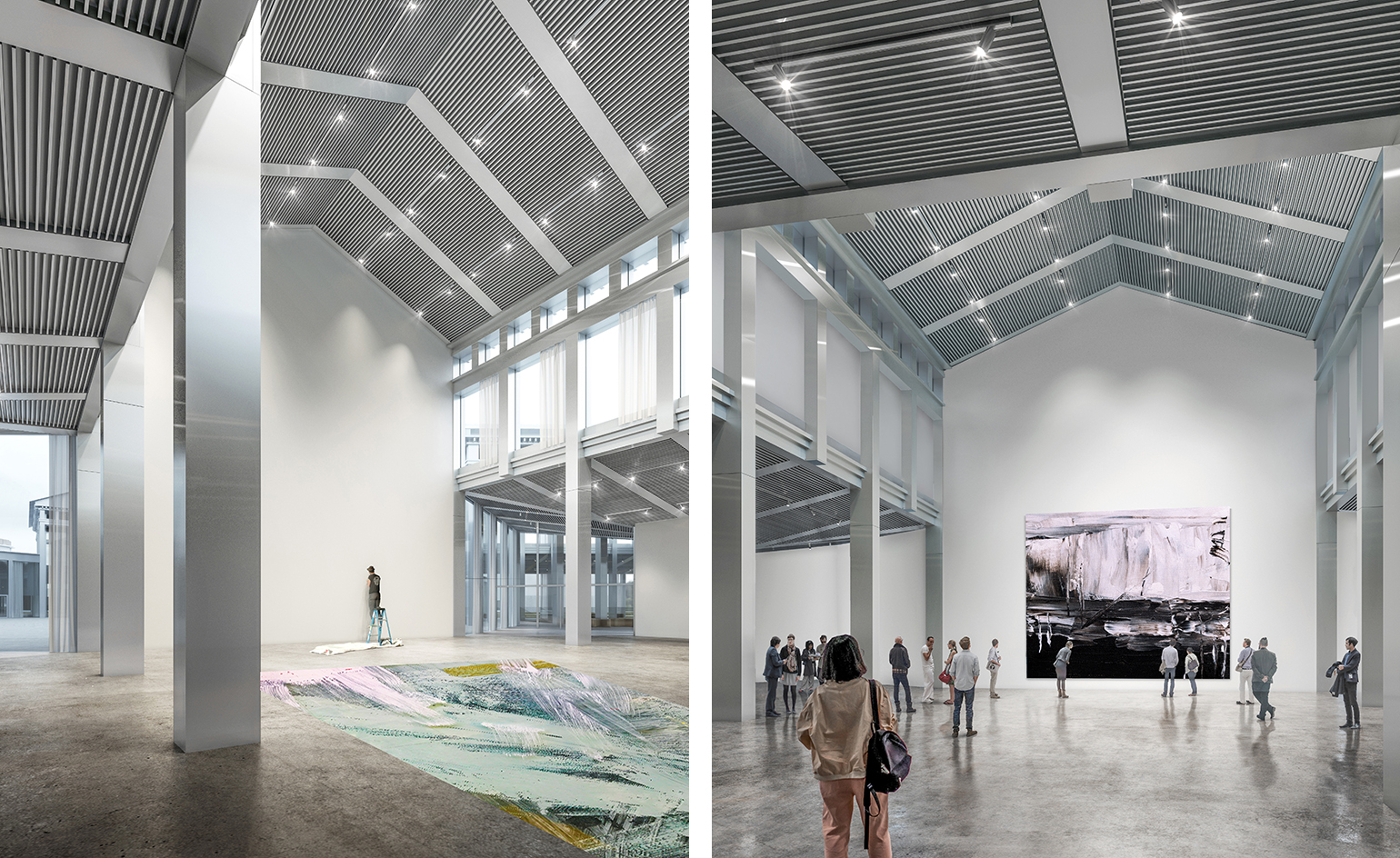
The Garage Museum of Contemporary Art has announced that Japanese architecture firm SANAA will oversee the renovation of the Hexagon pavilion, converting the disused Moscow landmark into a major new exhibition hub. The Garage Museum extension heralds a new chapter for the museum in its ongoing efforts to repurpose architectural heritage in the city and revitalise it in a contemporary context.
The Hexagon – a listed 1920s Soviet structure designed by Russian architect Ivan Zholtovsky – has lived many lives. Originally constructed for 1923’s First All-Russian Agricultural and Handicraft Industries Exhibition, the pavilion was converted into a canteen in 1935 and repurposed for lemonade production in the 1960s. In the decades that followed, it served as a café, a restaurant, a beer garden, a cinema and a disco, until it was abandoned. The Hexagon today stands partially ruined following a series of fires.
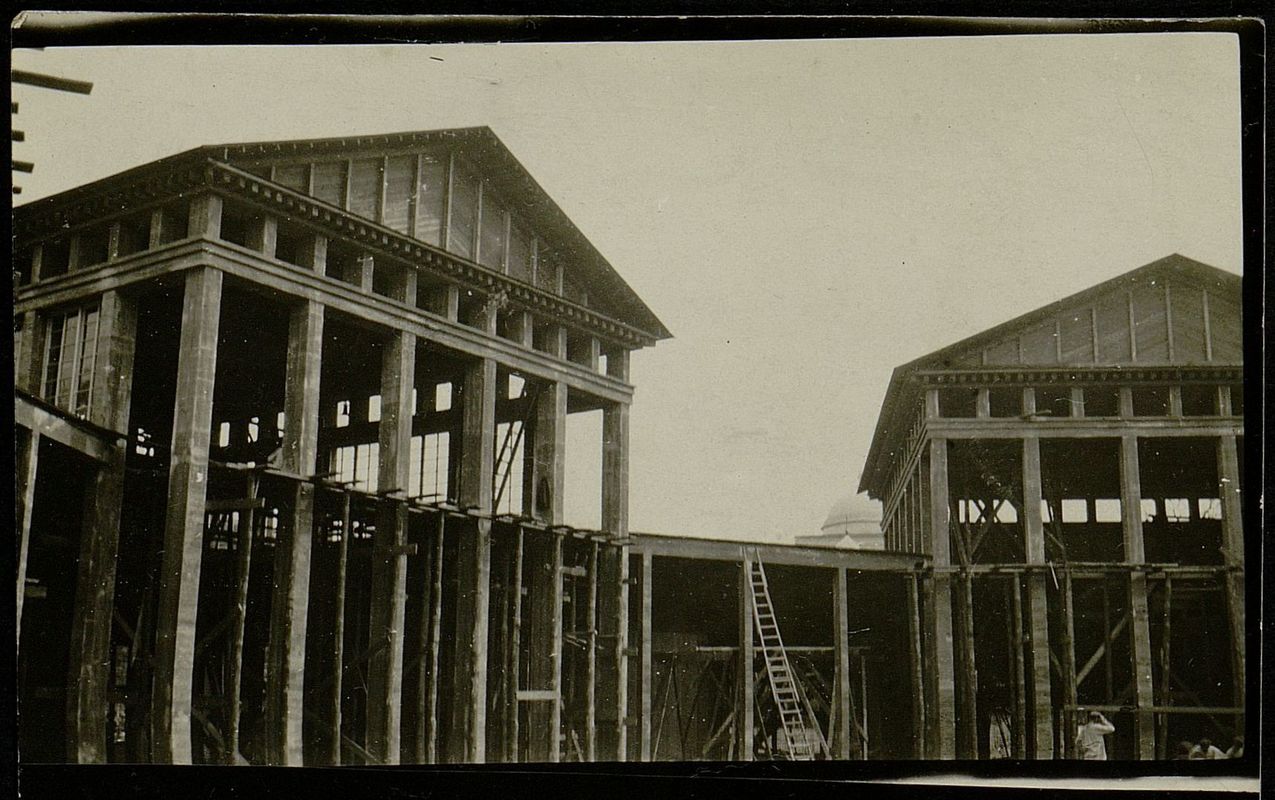
Archival image of the hexagonal structure
In its newest incarnation as an exhibition centre, the Hexagon will encompass three galleries, a library, a bookstore, a café and a courtyard spanning some 9,500 sq m of functional space. ‘In keeping with the spirit of Zholtovsky’s original design, we tried to avoid partitions or different types of organisations within the space and tried to bring it back to his vision,’ explained the architects. ‘We were fascinated by the original transparency of the space. The Hexagon has a particular charm and we have tried to retain that in our design.’
To wit, SANNA’s concept is guided by six principles: geometry and proportion; connected spaces; daylight; spatial organisation; decorative and interior elements; and landscape. Moscow’s dramatic climate poses its own set of challenges too, which architects Kazuyo Sejima and Ryue Nishizawa have addressed with advanced envelope and heat recovery systems, and high-performance glazing.
Garage Museum extension set to transform the Hexagon
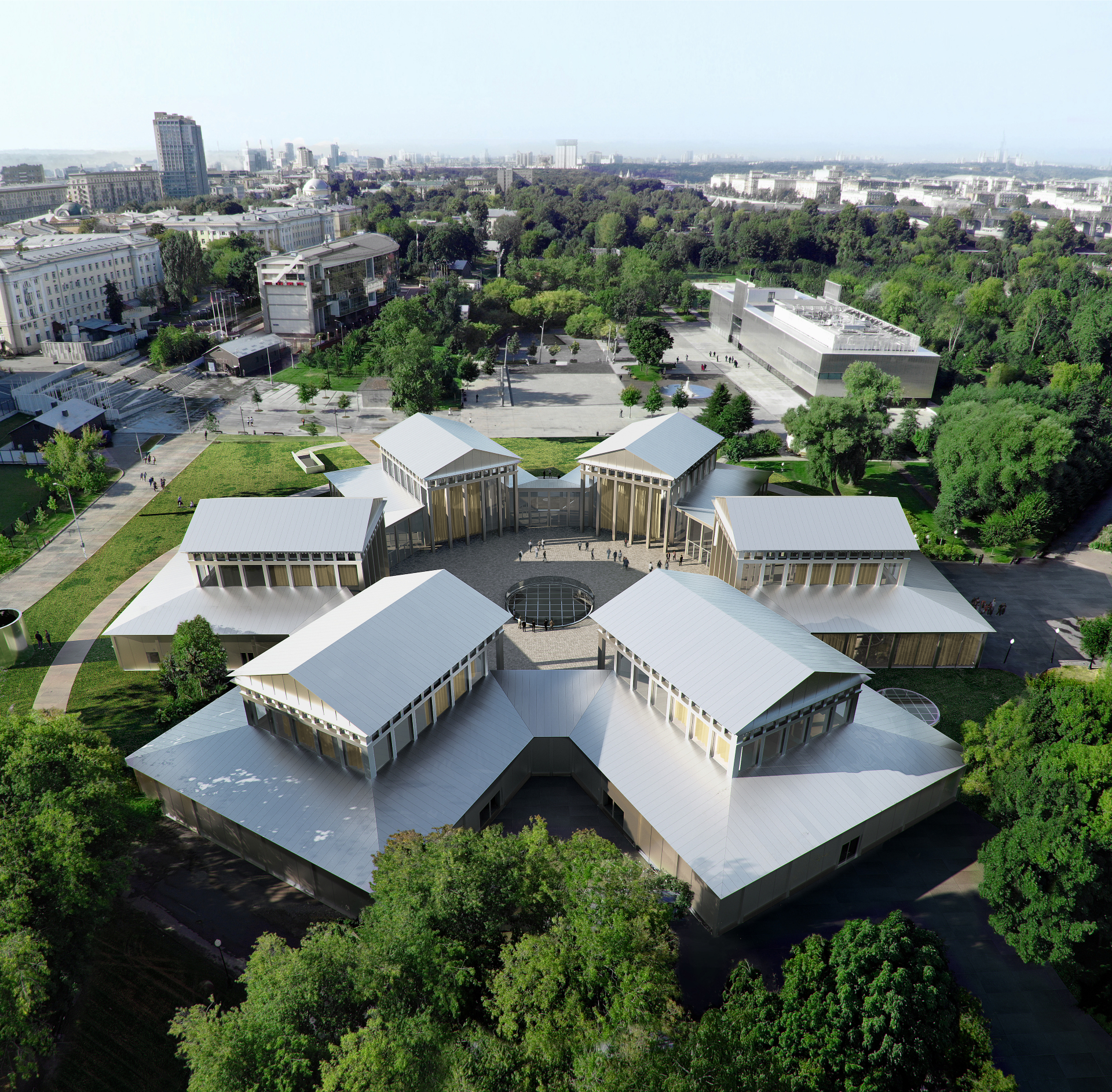
The Garage Museum was established in 2008 by Dasha Zhukova and Roman Abramovich as the first philanthropic organisation in Russia devoted to contemporary art and culture. In 2015, the museum relocated to its permanent home in the former Vremena Goda restaurant, a Soviet-era modernist ruin resurrected by Rem Koolhaas’ firm OMA. Garage has collaborated with a number of architectural studios, including Shigeru Ban, Form Bureau, Snkh, Syndicate, and Grace.
‘The Hexagon will be revived by SANAA’s thoughtful and sensitive design, allowing Garage to ground itself in Russian history while expanding into the current global conversation,’ Zhukova says in a statement. ‘We want to ensure that our building reflects our ongoing inquiry into the function, purpose, and responsibility of the modern-day museum.’
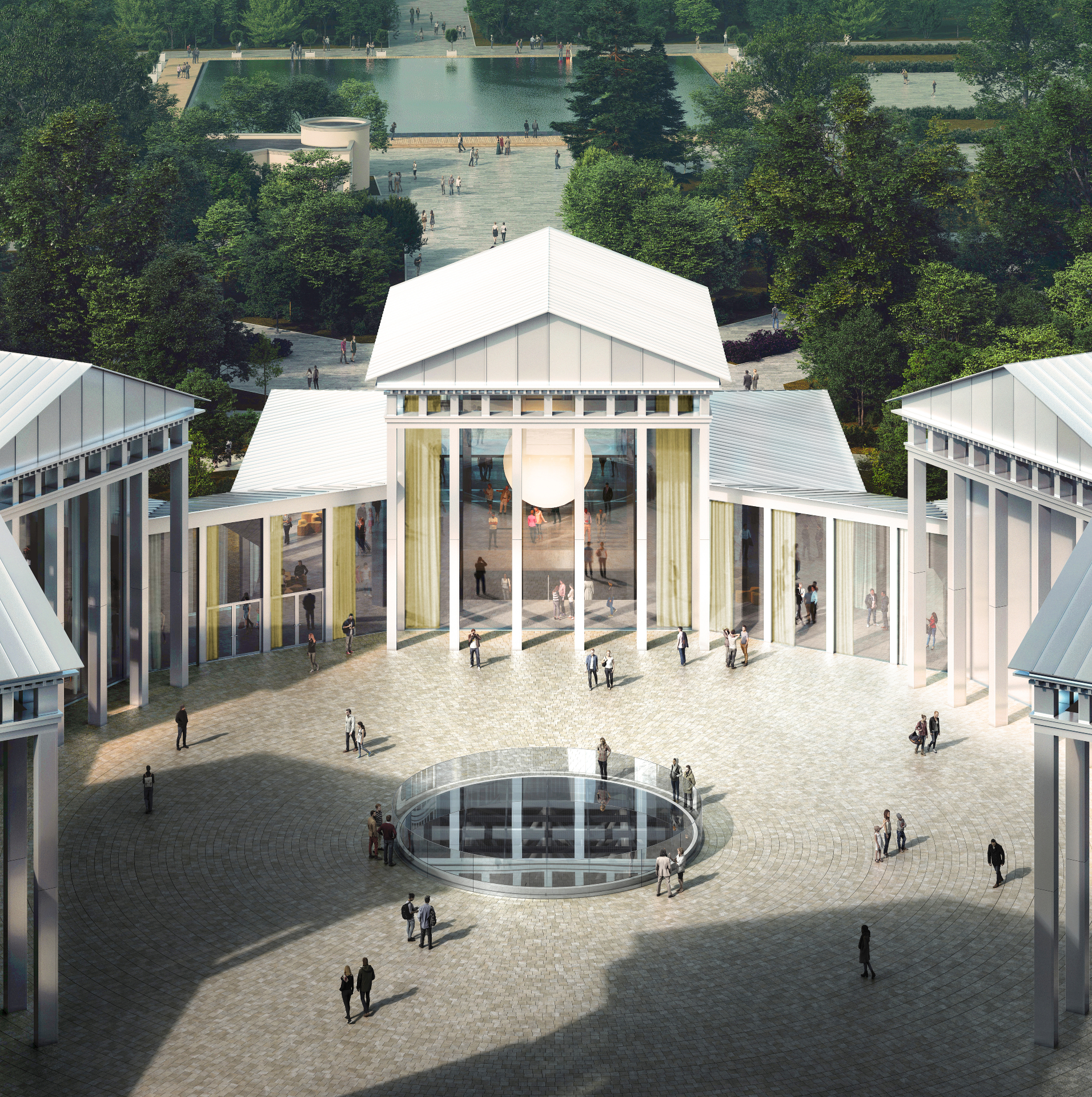
INFORMATION
Wallpaper* Newsletter
Receive our daily digest of inspiration, escapism and design stories from around the world direct to your inbox.
-
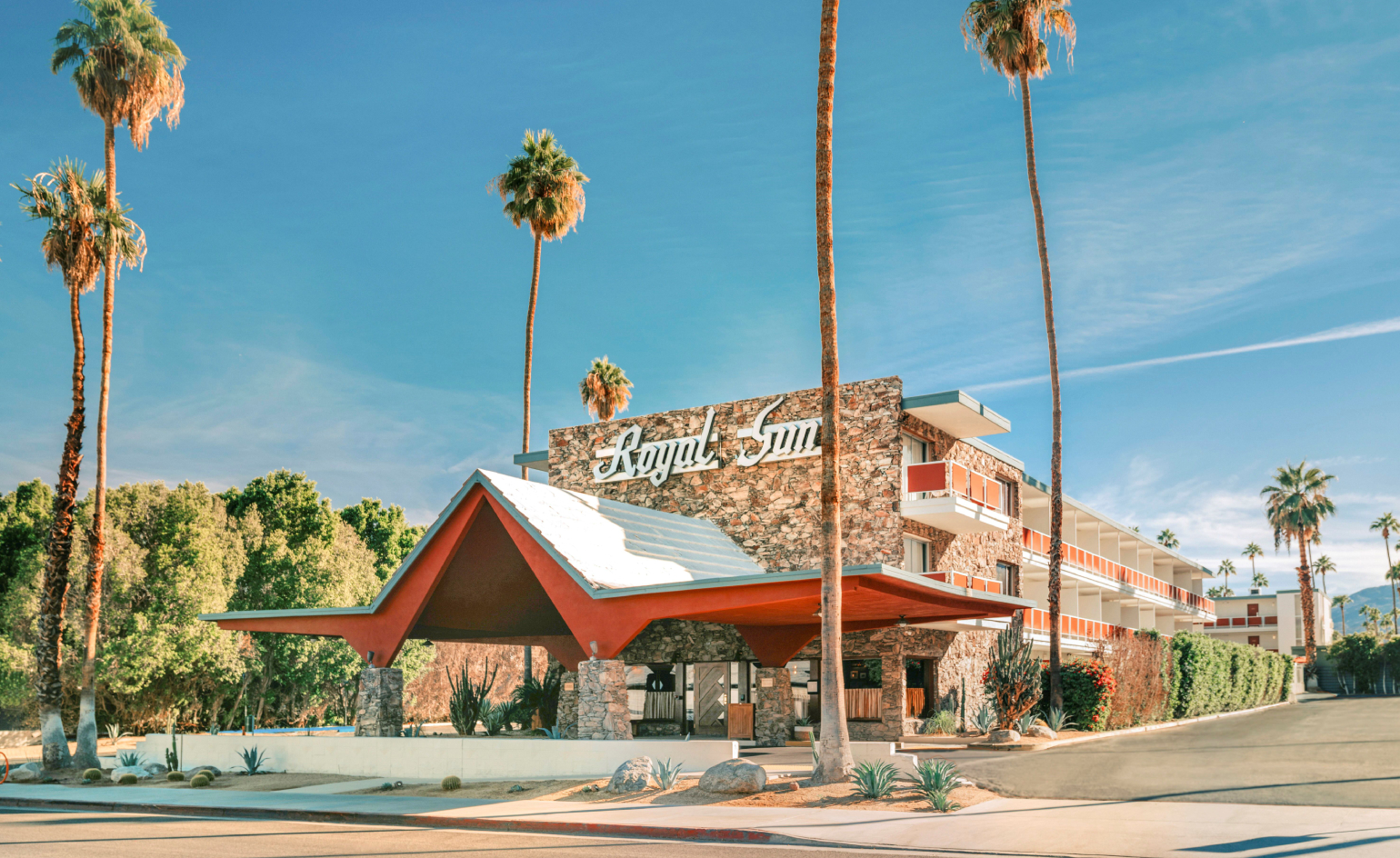 Seven things not to miss on your sunny escape to Palm Springs
Seven things not to miss on your sunny escape to Palm SpringsIt’s a prime time for Angelenos, and others, to head out to Palm Springs; here’s where to have fun on your getaway
By Carole Dixon
-
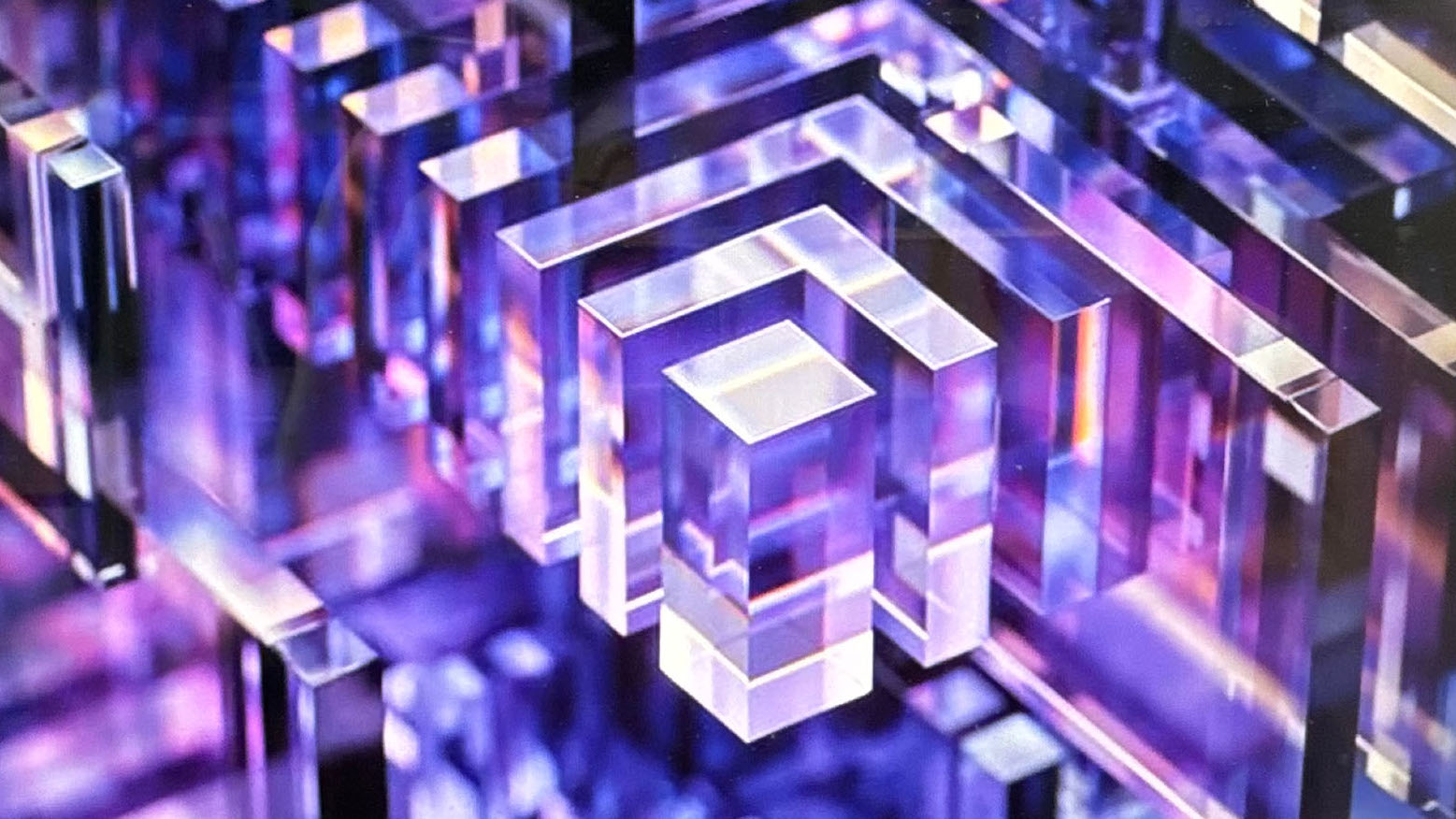 Microsoft vs Google: where is the battle for the ultimate AI assistant taking us?
Microsoft vs Google: where is the battle for the ultimate AI assistant taking us?Tech editor Jonathan Bell reflects on Microsoft’s Copilot, Google’s Gemini, plus the state of the art in SEO, wayward algorithms, video generation and the never-ending quest for the definition of ‘good content’
By Jonathan Bell
-
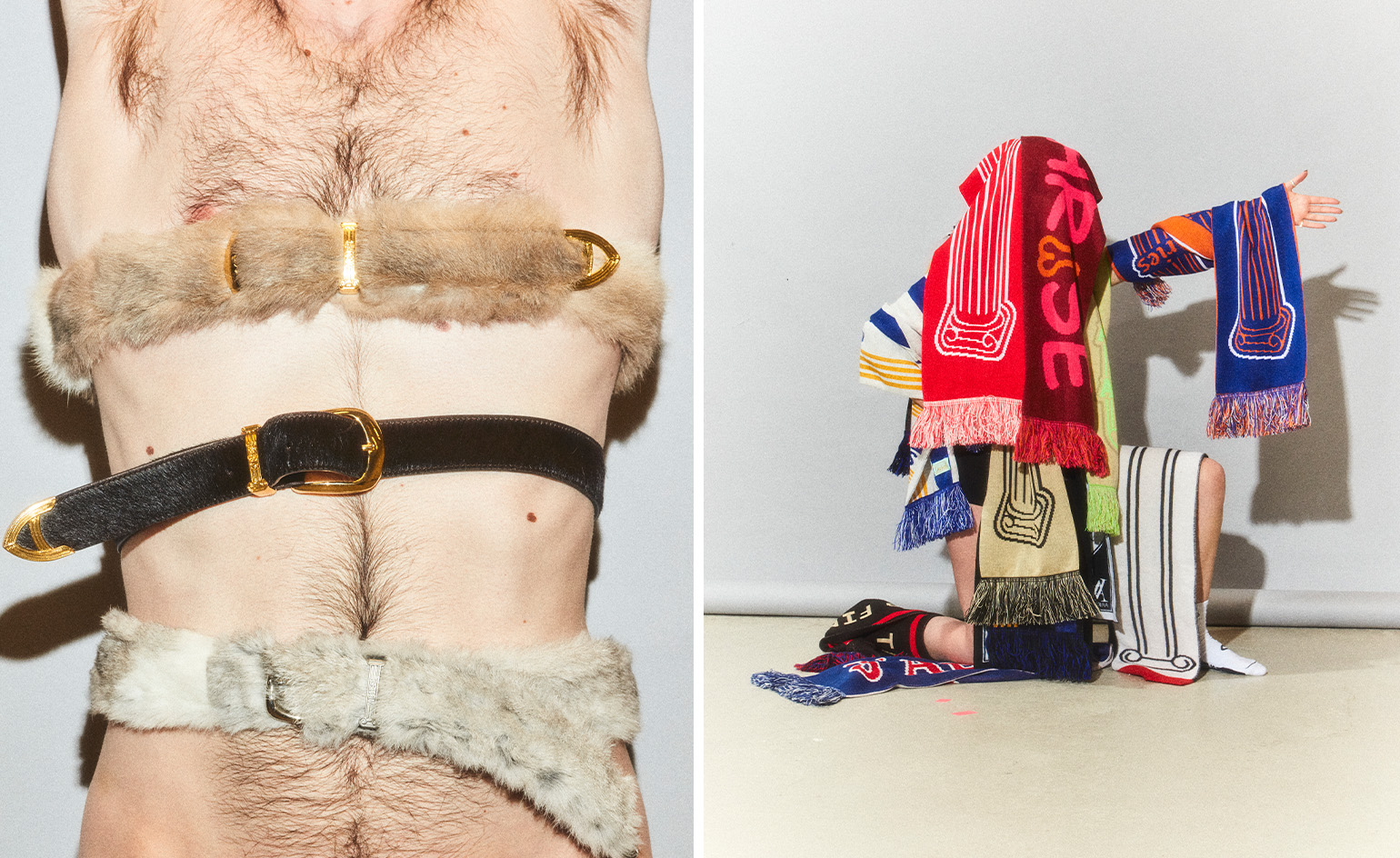 ‘Independence, community, legacy’: inside a new book documenting the history of cult British streetwear label Aries
‘Independence, community, legacy’: inside a new book documenting the history of cult British streetwear label AriesRizzoli’s ‘Aries Arise Archive’ documents the last ten years of the ‘independent, rebellious’ London-based label. Founder Sofia Prantera tells Wallpaper* the story behind the project
By Jack Moss
-
 The Yale Center for British Art, Louis Kahn’s final project, glows anew after a two-year closure
The Yale Center for British Art, Louis Kahn’s final project, glows anew after a two-year closureAfter years of restoration, a modernist jewel and a treasure trove of British artwork can be seen in a whole new light
By Anna Fixsen
-
 You’ll soon be able to get a sneak peek inside Peter Zumthor’s LACMA expansion
You’ll soon be able to get a sneak peek inside Peter Zumthor’s LACMA expansionBut you’ll still have to wait another year for the grand opening
By Anna Fixsen
-
 NYC's The New Museum announces an OMA-designed extension
NYC's The New Museum announces an OMA-designed extensionOMA partners including Rem Koolhas and Shohei Shigematsu are designing a new building for Manhattan's only dedicated contemporary art museum
By Anna Solomon
-
 Soviet brutalist architecture: beyond the genre's striking image
Soviet brutalist architecture: beyond the genre's striking imageSoviet brutalist architecture offers eye-catching imagery; we delve into the genre’s daring concepts and look beyond its buildings’ photogenic richness
By Edwin Heathcote
-
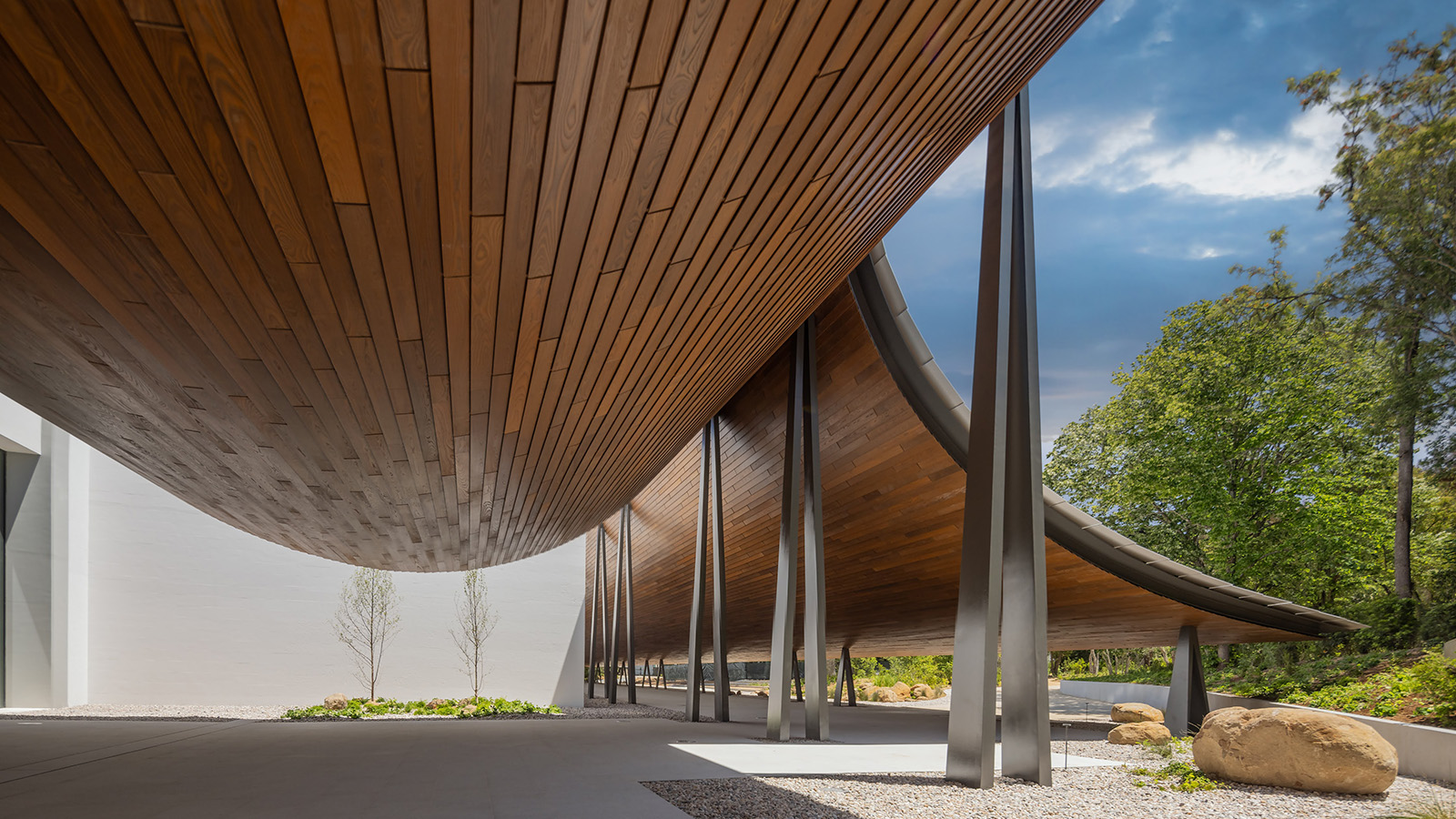 Gulbenkian Foundation's new art centre by Kengo Kuma is light and inviting
Gulbenkian Foundation's new art centre by Kengo Kuma is light and invitingLisbon's Gulbenkian Foundation reveals its redesign and new contemporary art museum, Centro de Arte Moderna (CAM), by Kengo Kuma with landscape architects VDLA
By Amah-Rose Mcknight Abrams
-
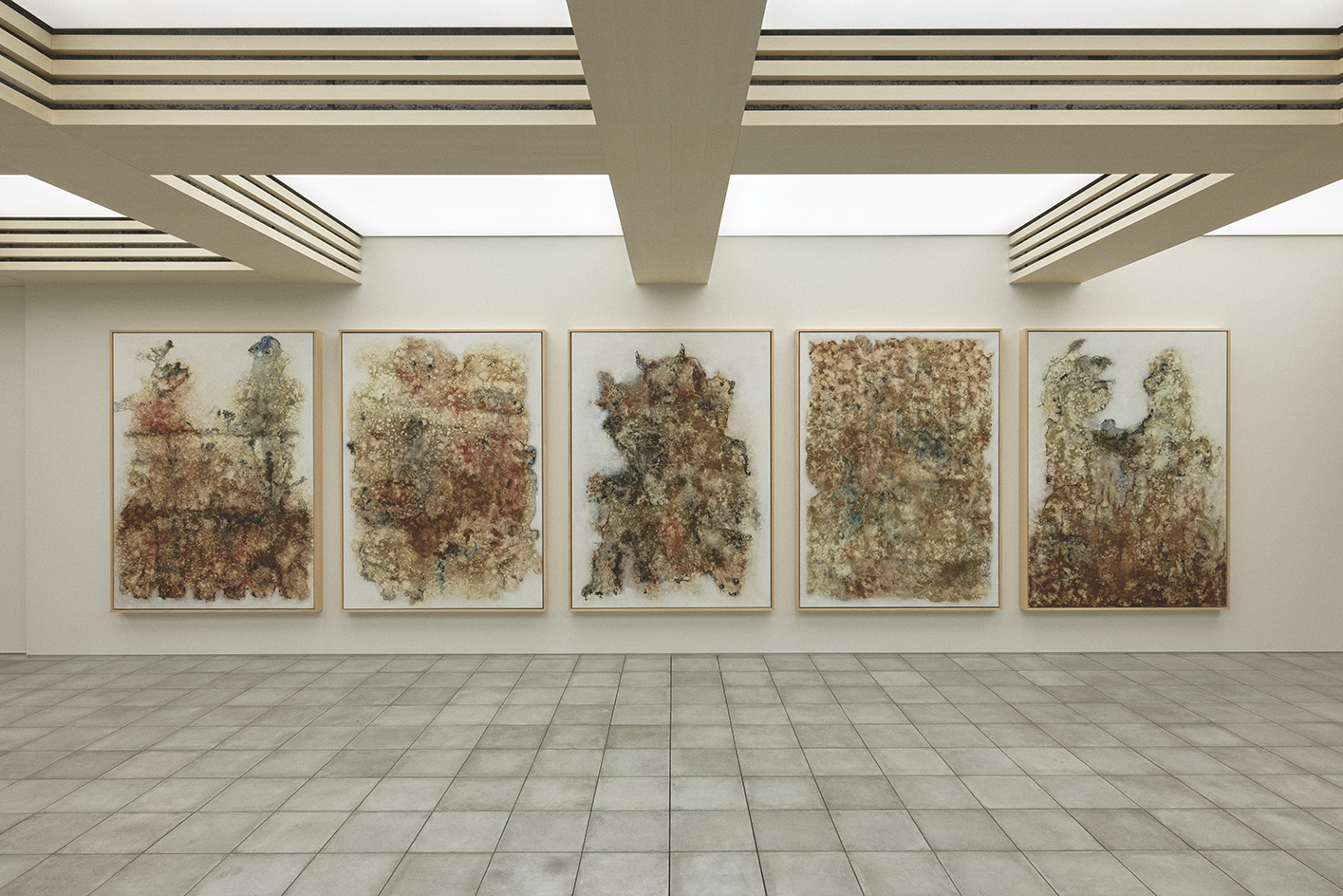 Space Un celebrates contemporary African art, community and connection in Japan
Space Un celebrates contemporary African art, community and connection in JapanSpace Un, a new art venue by Edna Dumas, dedicated to contemporary African art, opens in Tokyo, Japan
By Nana Ama Owusu-Ansah
-
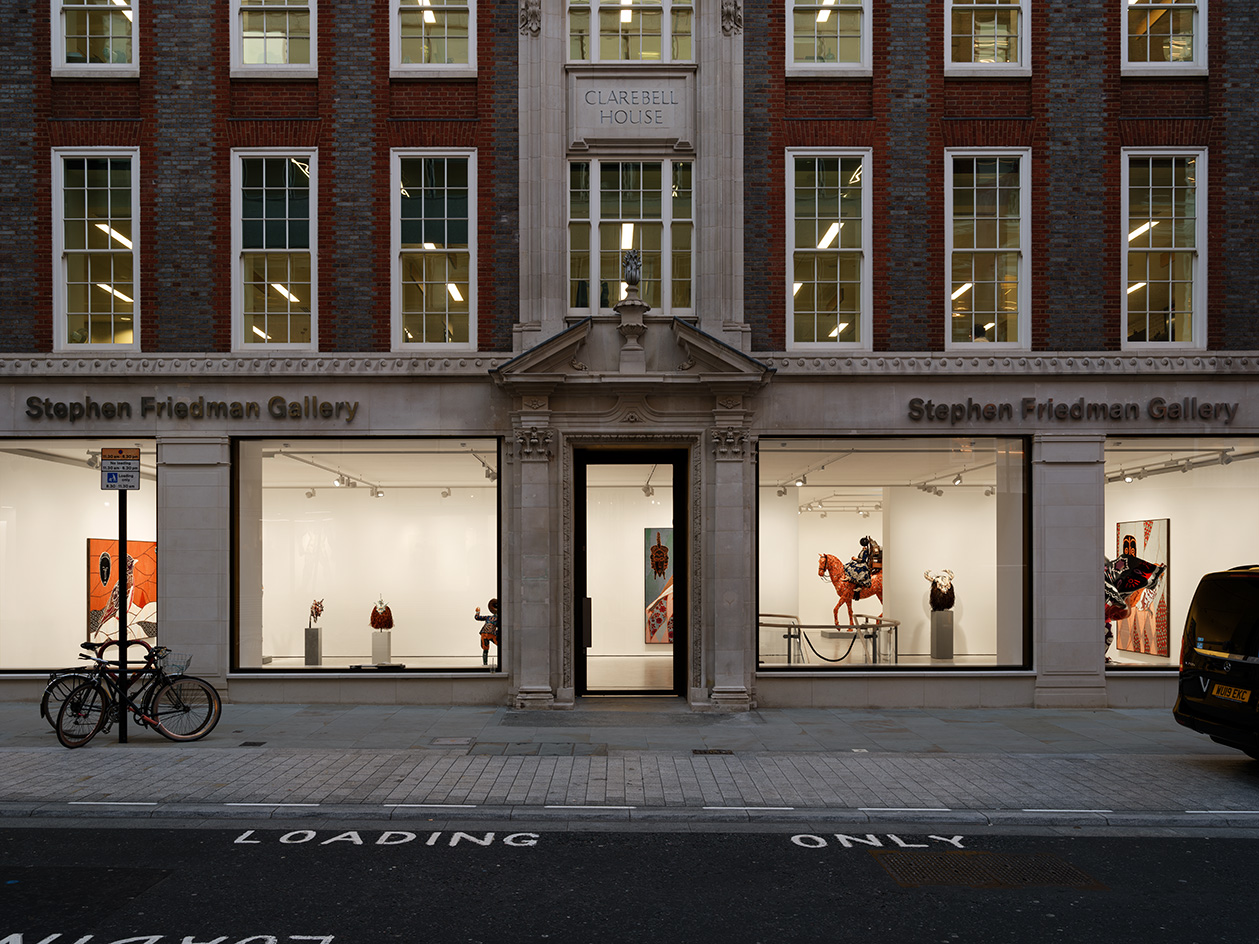 Stephen Friedman Gallery by David Kohn is infused with subtly playful elegance
Stephen Friedman Gallery by David Kohn is infused with subtly playful eleganceStephen Friedman Gallery gets a new home by David Kohn in London, filled with elegant details and colourful accents
By Ellie Stathaki
-
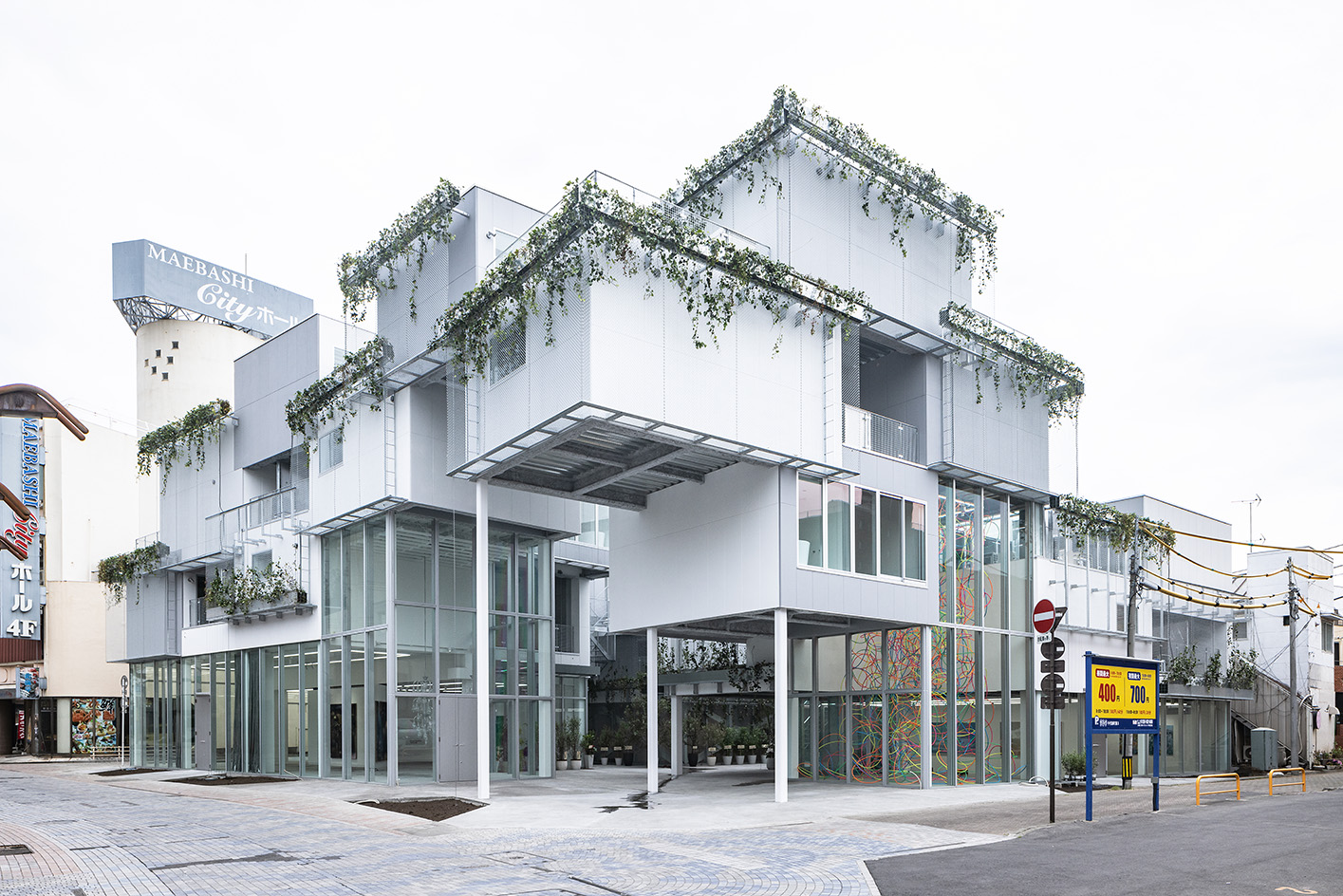 Maebashi Galleria blends art and living in Japan’s Gunma
Maebashi Galleria blends art and living in Japan’s GunmaMaebashi Galleria by Akihisa Hirata launches in Gunma, as a new complex fusing art galleries with residences
By Danielle Demetriou